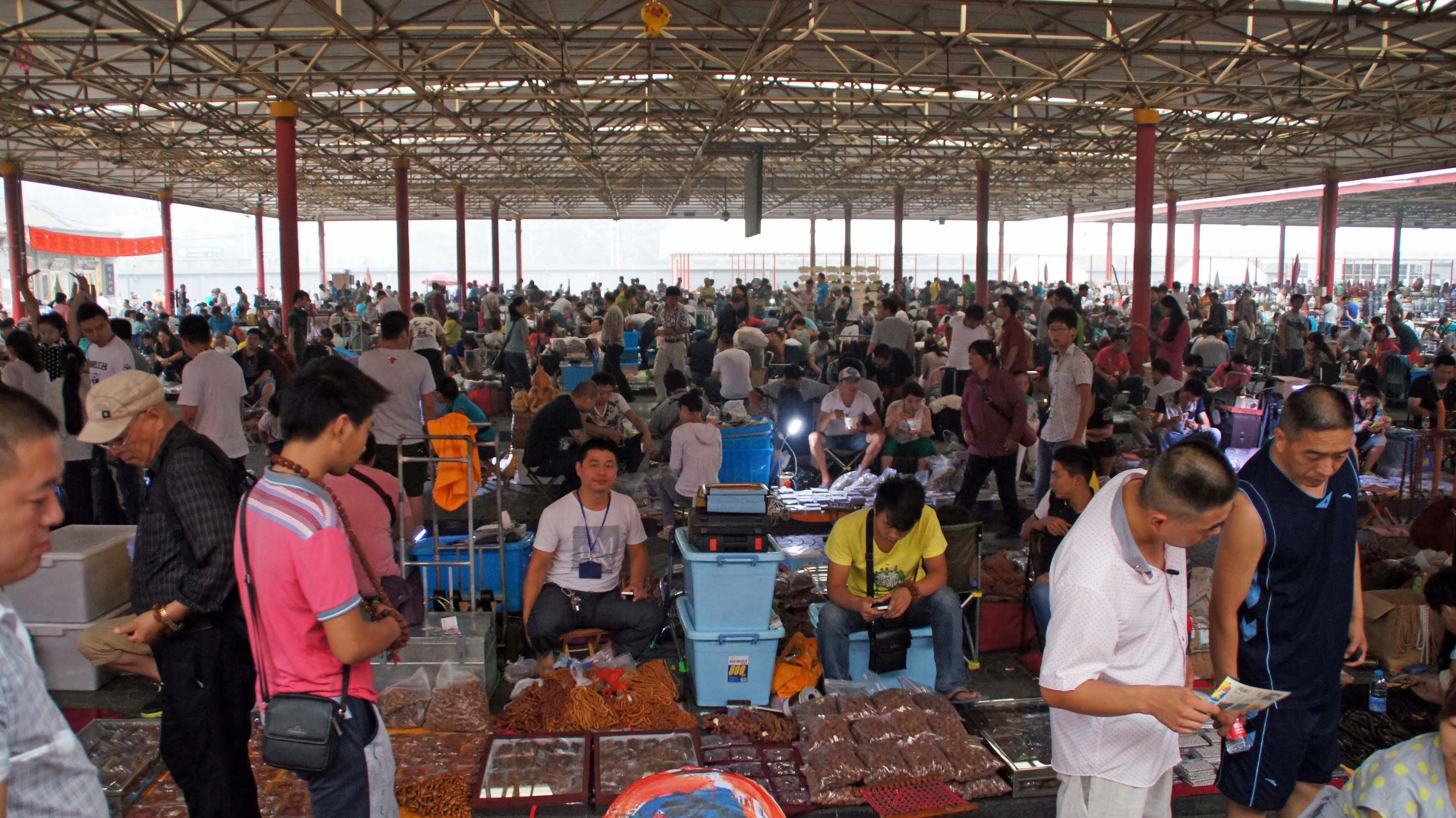China’s producer prices rose at their slowest pace in 13 months in December, as the government’s war against winter smog dented factory demand for raw materials in a sign the world’s second-largest economy has started to slow.
The producer price index rose 4.9% in December from a year earlier, the slowest growth since November 2016, the National Bureau of Statistics said on Wednesday. That was slightly faster than the 4.8% in a Reuters poll of analysts but much weaker than the 5.8% pace seen in November.
The data also showed consumer inflation accelerating less than expected and remaining well within the central bank’s comfort zone.
Analysts say the year-on-year slowdown in producer price inflation was due in part to a high base last year with price gains in raw materials falling from their peaks. It also supports the view that a softening in the economy has started in the last few months.
“Looking ahead, we think that food prices aside, inflation will continue to drop back in the coming quarters as economic activity softens,” Julian Evans-Pritchard, senior China economist at Capital Economics, wrote in a note.
The data shows producer price increases slowing for the second month in a row in December, which follows a modest recovery in prices seen in the third quarter of last year.
A government crackdown on smog in the heavily industrialized northern provinces this year has hit demand for raw materials and continued curbs on the housing market have weighed on property investment.
While pollution curbs have had a disinflationary effect on producer prices, the resulting supply disruptions have in some segments added upward pressure to prices.
On a month-on-month basis, the PPI rose 0.8% in December, beating November’s 0.5% increase, due to temporary disruptions caused by the pollution curbs.
Price Gains Ease
The production restrictions at factories have triggered fears of supply shortages, giving a major boost to iron ore and steel futures prices and helping to offset tepid demand during winter months as construction activities slow.
“We’ll have to see whether those price gains will be passed onto consumers in 2018,” said Liu Xuezhi, an analyst with Bank of Communications.
Raw material prices rose 8.1% in December year-on-year, slowing from the 9.7% increase in November, data from the statistics bureau showed.
China’s industrial firms reported seven-month low earnings for November as demand and producer price gains eased, adding more pressure on companies saddled with debt.
Consumer Inflation
In December, consumer inflation accelerated less than expected to 1.8% from a year earlier versus 1.7% in November. The consumer price index had been expected to edge up to 1.9%.
The food price index declined 0.4% in December after falling 1.1% in November. Non-food prices rose 2.4%, compared with 2.5% in November.
Core inflation, which strips out volatile food and energy prices, slowed to 2.2% from 2.3% a month earlier.
For 2017, CPI rose 1.6%, well within Beijing’s annual target of 3%, while PPI surged 6.3%, ending a falling streak over the past five years.
“It’s unlikely that CPI this year will surpass the government’s comfort zone of 3%. I expect the central bank will stay put, under no pressure of resorting to monetary policy to contain modest inflation,” Bank of Communications’ Liu said.
Economy to Continue Growth
China’s economy is expected to have posted growth of 6.8% in 2017, up slightly from the previous year, supported by a construction boom and robust exports.
China has the potential to maintain an annual economic growth rate of 6% until the 2030s, said former senior vice president and chief economist of the World Bank Justin Lin Yifu Tuesday, Xinhua reported.
Lin, also the honorary dean of National School of Development at Peking University, made the remarks while delivering a keynote speech during the "Forecast: China's Economy 2018," an event hosted by the National Committee on US-China Relations and Peking University's China Center for Economic Research in New York.
He attributed his confidence in the Chinese economy to the fact that "China's labor productivity will improve continuously in the years to come." The economist explained that the way to maintain economic growth is to improve labor productivity, and the way to raise labor productivity is to "have technology innovation as well as industrial upgrading."
Lin said that compared to developed countries like the United States, China, as a developing economy, has the so-called "latecomer advantage" in terms of technology innovation and industrial upgrading.


